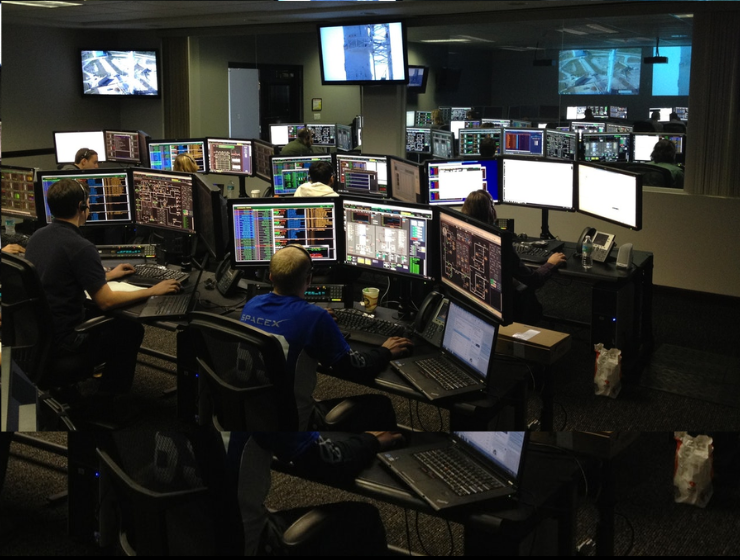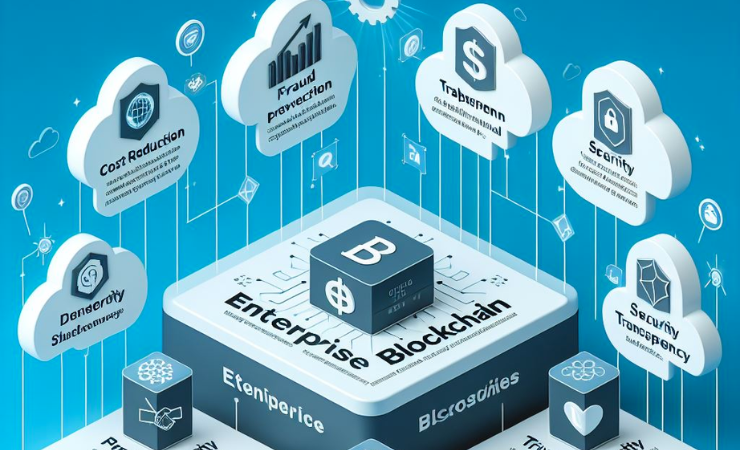Internet of things (IOT)

With the introduction of the web 1, only those with phones, laptops, or computers can access the internet. However, today even our home appliances can access the internet and be monitored remotely. This is possible because computer operators have added sensors and processors to our everyday objects through the internet, which is called the Internet of Things (IoT).
IoT is a system of interconnected devices within the network that share and exchange data over a wireless network without human intervention. We now have billions of devices connected to the internet. This means everyday devices like smoke detectors, AC units, water heaters, doorbells, security alarms, and thermostats can use sensors to collect data from the internet and respond intelligently to users.
How IoT Works
IoT devices are connected to their devices with the help of gateways that process information from the sensors and send it to the cloud, which acts as both the storage and processing unit. An IoT device has three components:
1. Smart Device
These devices receive information from the internet and use it to perform their IoT functions. Examples include televisions and exercise equipment.
2. IoT Devices
This application uses machine learning or artificial intelligence to integrate data from the internet. It refines and integrates the data and sends it to the IoT device, which responds effectively to the input, examples include car, thermostat, lights, refrigerator.
3. Graphic User Interface
The IoT device or fleet of devices can be managed through a graphical user interface, such as a mobile application or website used to register and control smart devices.
Benefits of IoT in Our Lives
According to experts, the Internet of Things market will grow to over $2.4 trillion annually by 2027, so it’s important to know how iot makes human lives better.
1. Comfort
Smart devices like alarm clocks, coffee makers and Alexa take away the stress of everyday tasks, from tracking overall health to managing important tasks and to-do lists.
2. Security
IoT devices like security alarms, fire extinguishers, and doorbells are effective tools to keep us alert and updated when our security is being tampered with.
3. Increased Productivity
IoT enhances productivity by automating tasks such as waking up at a desired time, making coffee, and providing timely reminders for activities, that way you get to do more and avoid procrastination.
4. Time-saving
By reducing manual operations, these devices automate processes and save time. This means that a task that would normally take hours when done manually would take minutes when automated For example: smartwatches help track our Human health daily, reducing the need for regular hospital visits.
5. Smarter Agriculture
Gone are the days when people spent hours working on the farm, now with IoT devices like tractors, sprayers, and combined harvesters you have a streamlined farm operation, saving time and energy.
Challenges
1. Laziness
While IoT devices enhance comfort and boost productivity, excessive dependence on them can lead to laziness and ineffectiveness.
2. Loss of Employment
While IoT improves staff performance, the introduction of more devices may result in job loss as companies may no longer require certain services.
3. Cost
IoT devices, though providing great results, are expensive and can be challenging to use. Improper handling may lead to faults and significant losses for the company.
4. Privacy Issues
As more IoT devices are introduced, user data is exchanged over networks, compromising privacy as devices constantly handle personal data for various purposes.
In conclusion, the Internet of Things, or IoT, has transformed the way we live by connecting everyday devices to the internet. From smart thermostats to security alarms, these devices make our lives more convenient and secure. The growth of IoT is expected to bring significant benefits, improving comfort, enhancing security, increasing productivity, and saving time, particularly in areas like agriculture.
However, it’s not all smooth sailing. Challenges such as potential laziness, job losses due to automation, the high cost of IoT devices, and privacy concerns loom on the horizon. While these technologies offer great promise, striking a balance between reaping the benefits and addressing the challenges is crucial for a future where IoT seamlessly integrates into our lives without compromising our privacy and well-being. As we navigate this evolving landscape, a thoughtful approach to the adoption and regulation of IoT will be essential to harness its full potential.






